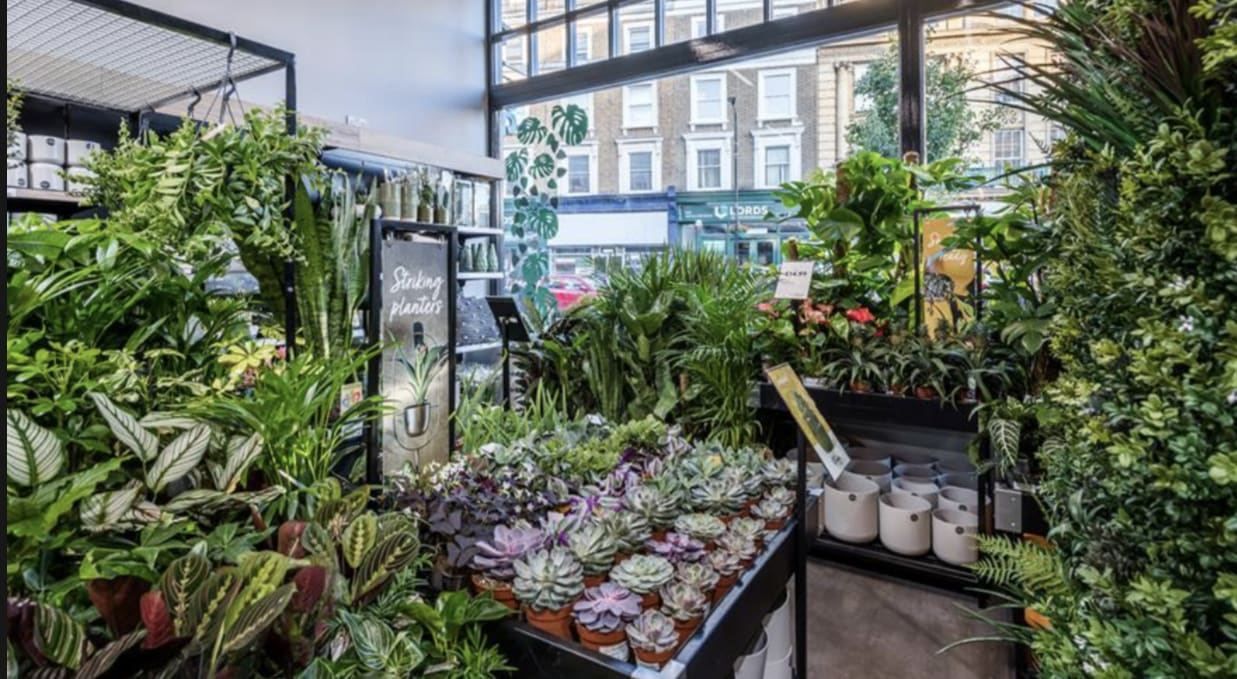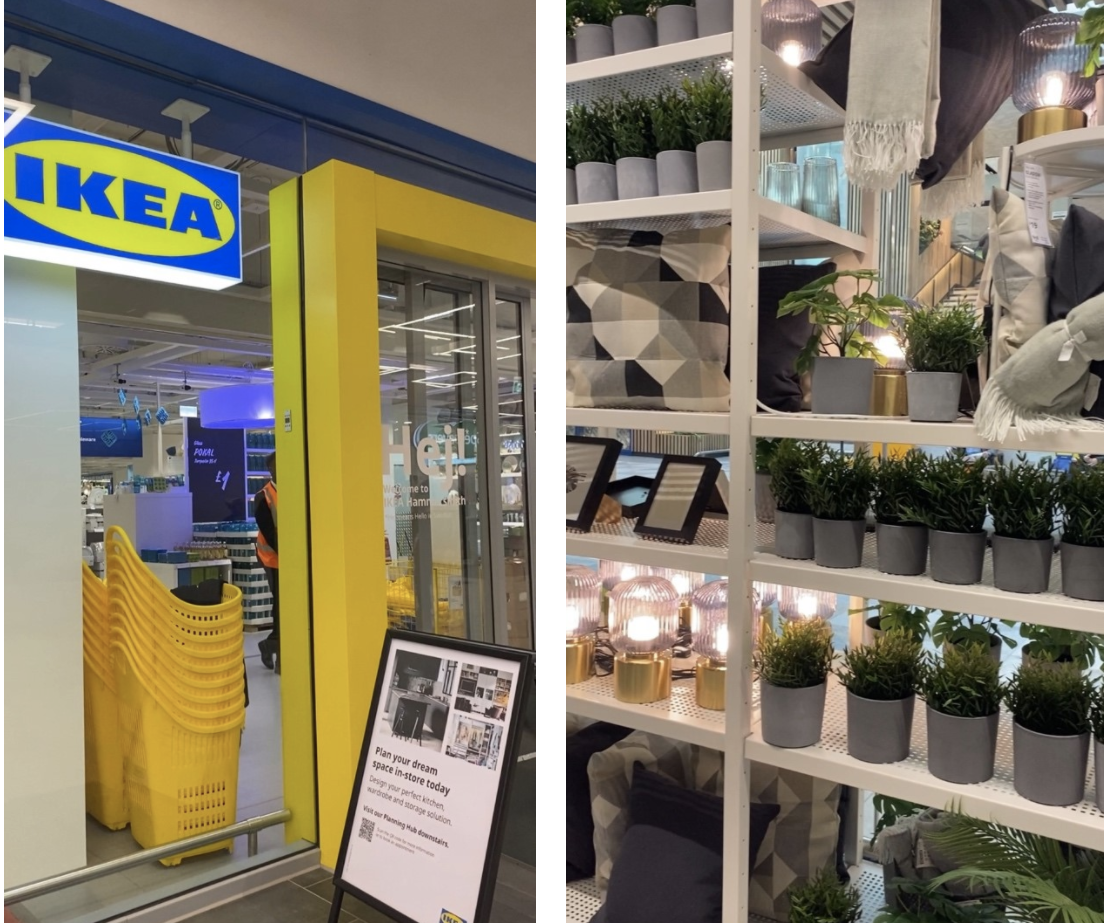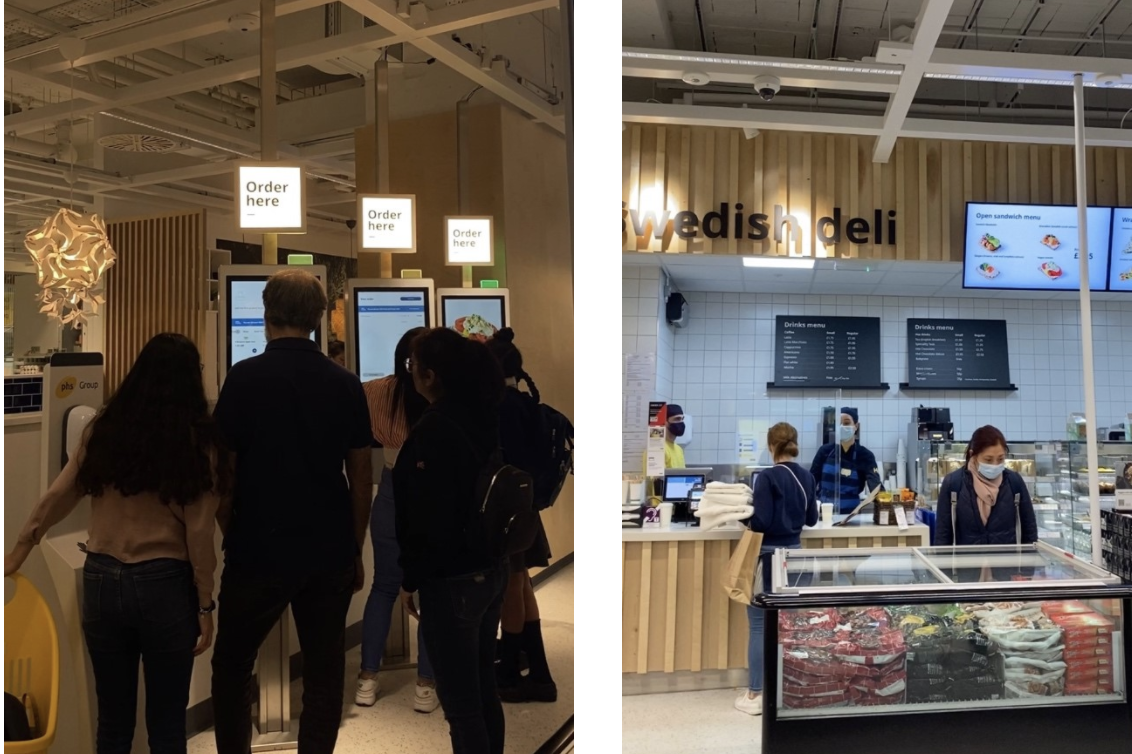Trends
Small: The New Big
Megan Hotson
13/04/22

Various store formats have been developed and trialled by brands in the context of covid-19 – but only some stand to last beyond the end of the pandemic. Brands are increasingly responding to a demand for hyper-local retail spaces that cater to tastes within specific localities, reflecting any flexing trends or demands in a community.
There are several reasons why ‘small is the new big’. Firstly, a shift in living patterns from the public to private sphere has led people to spend more time at home; businesses are increasingly opting for hybrid work models, and despite society re-entering normality- people are still choosing to spend time at home and invest in their local communities.
As well as this, smaller format local stores are proving popular, as a growing number of consumers have come to appreciate the value added to localities whose smaller format stores have been invested in.
Let’s take a look at some of the brands that have enacted, and pursued a hyper-local, smaller format store to feed this demand from consumers for more localised retail offerings.
IKEA – Hammersmith
Homeware gurus and mass retailer IKEA unveiled their first smaller format store in the UK in London’s Hammersmith area. A quarter of the usual size of IKEA stores, this hub focuses on items that are suitable for the city-dwellers that live in its surrounding radius. Inside you can expect to find smaller accessories and soft furnishings for the home, that are easy to transport – as well as services that allow for personalisation, and home delivery.

The store features a locally-run café and a market hall exhibiting local producers food stalls or pop-ups on a rolling basis. When making a transaction in-store, busy city-dwellers can use self-checkout technology that will allow them to pop in and out – suiting their fast-paced lifestyle that demands both accessibility, and convenience.
The location of this locally curated space reflects an effort from IKEA to be more accessible for its urban localities by narrowing the gap between the brand and where customers shop, live and socialise.

The situation of IKEA’s smaller format store in the LIVAT mall as a place where people nearby meet to engage with a programme of local events, further demonstrates IKEA’s commitment to a hyper-local retail offering that provides their community of customers with more than just a place to shop.
Little Dobbies
Situated in London’s Notting Hill is Dobbie’s newly formatted, locally tailored ‘Little Dobbies’ store. As implied by its name, this space is smaller than the brands usual garden centres with that can be located in retail parks, or more suburban and rural municipalities.

Plants are at the centre of the venue’s retail offering alongside sustainable gardening items, seasonal products, and gifts. In the same way that larger IKEA stores are less accessible or convenient for communities located in city centres, Dobbie’s generally do not appeal to the typical urban consumer because of their larger, less specific store format and proximity to the consumer.
The curation of Dobbie’s hyper-local concept responds to an ever-growing interest in, and love for plants and biophilia within urban contexts. Consumers have a desire to introduce green into cities corresponding to a growing awareness of our human impact on the environment. Those living in city apartments, flats, or houses with limited space have creatively incorporated greenery in the form of hanging baskets, house plants or even living walls that make the most of nature in an urban environment.

Recognising a desire in different city localities for greater access to nature allowed Dobbie’s to successfully roll out their concept ‘little Dobbie’s’ providing the urban green-fingered consumer with an avenue through which to buy houseplants or accessories that could enhance their balconies, gardens or interiors in a way that suited their living requirements.
How to capitalise on this trend:
Consider integrating hyper-local programming and subcultures into your brands retail format; injecting this kind of authenticity will give local consumers a deeper, and more human connection with your offering.
Consider where your brick-and mortar stores are located. Both IKEA and little Dobbie’s have developed a hyper-local concept in the heart of local urban centres to draw in specific city-dwelling consumers, and their stock further reflects their target consumers tastes and lifestyle habits.
Brands can collaborate with others in their local communities to host events or give back to the people that invest in them – by thinking beyond offering a space that facilitates financial transactions, re-imagining stores as a meeting place for example, will foster a space that people will want to re-visit.


